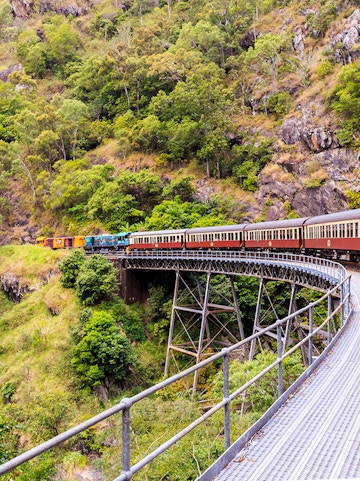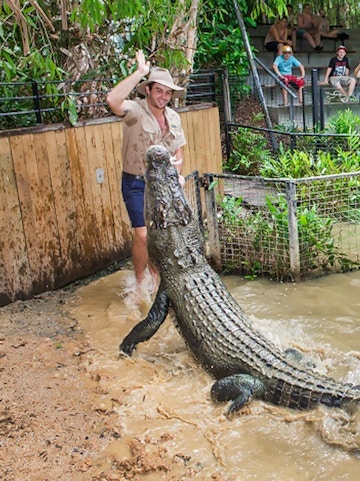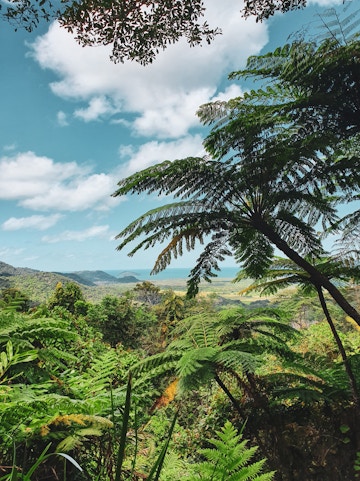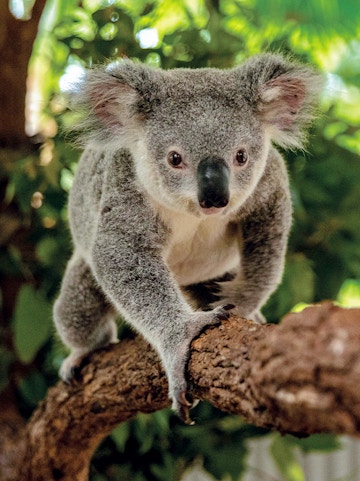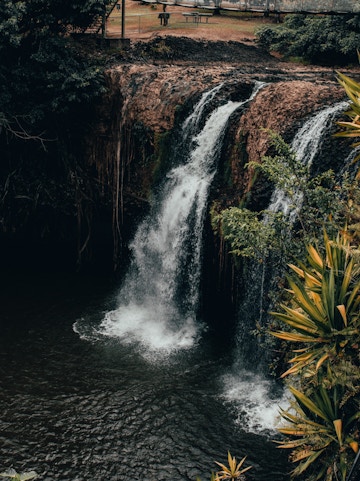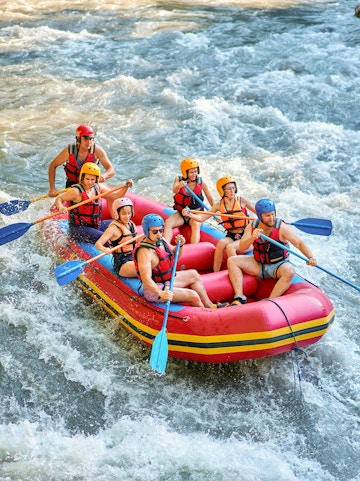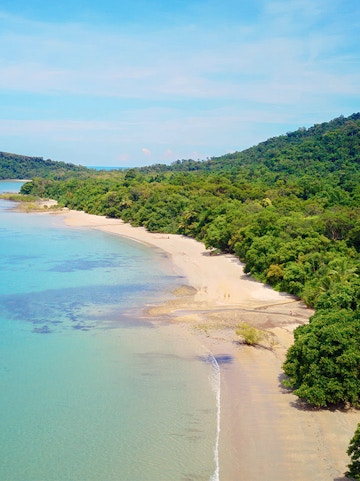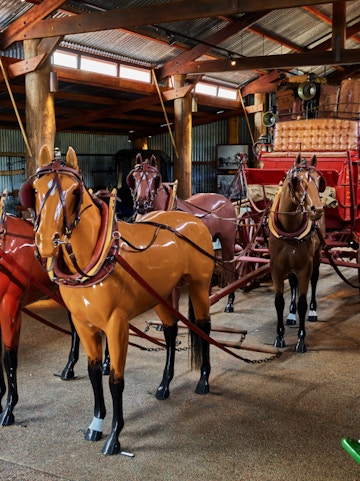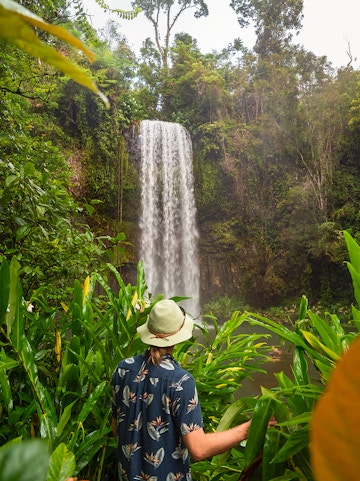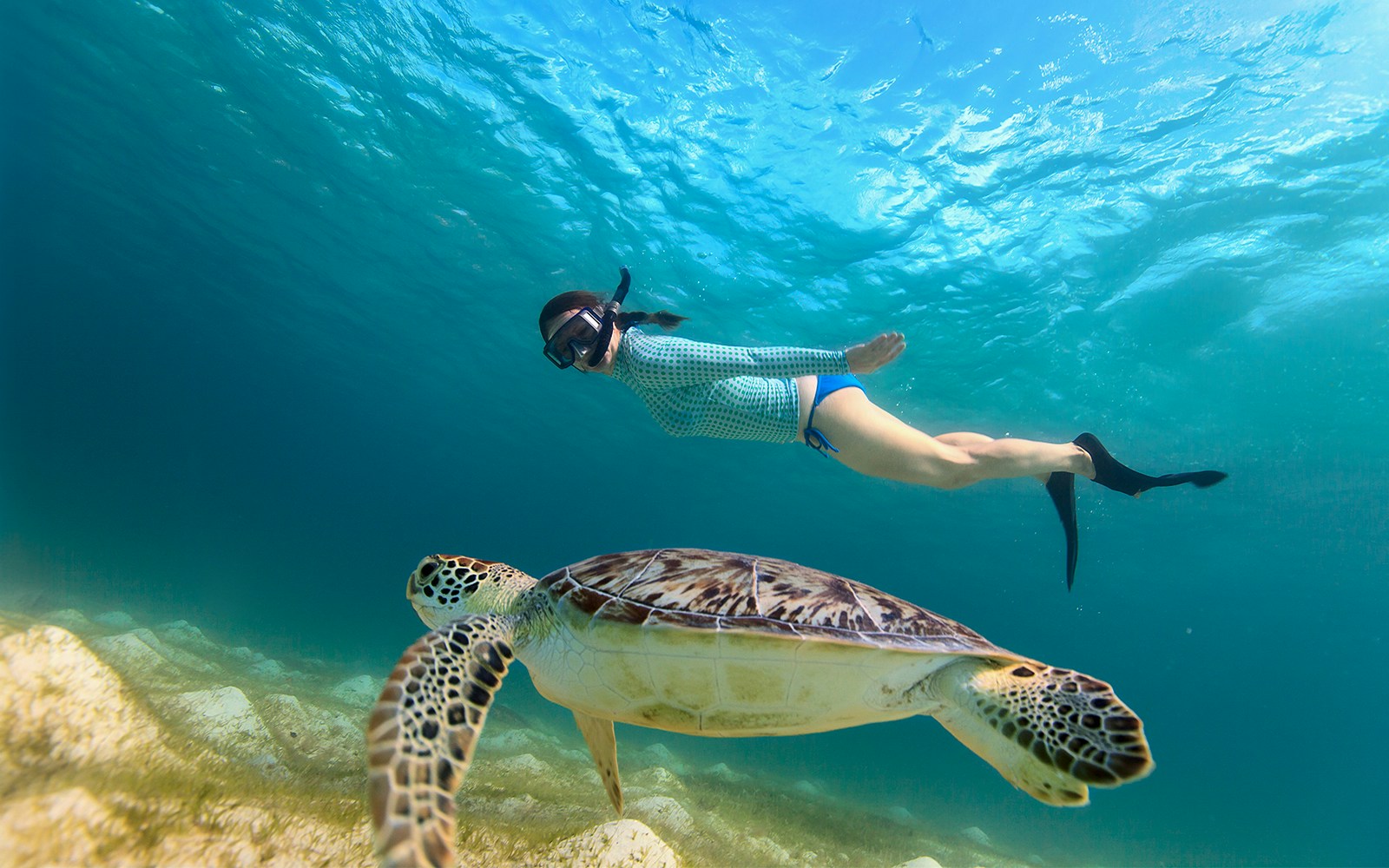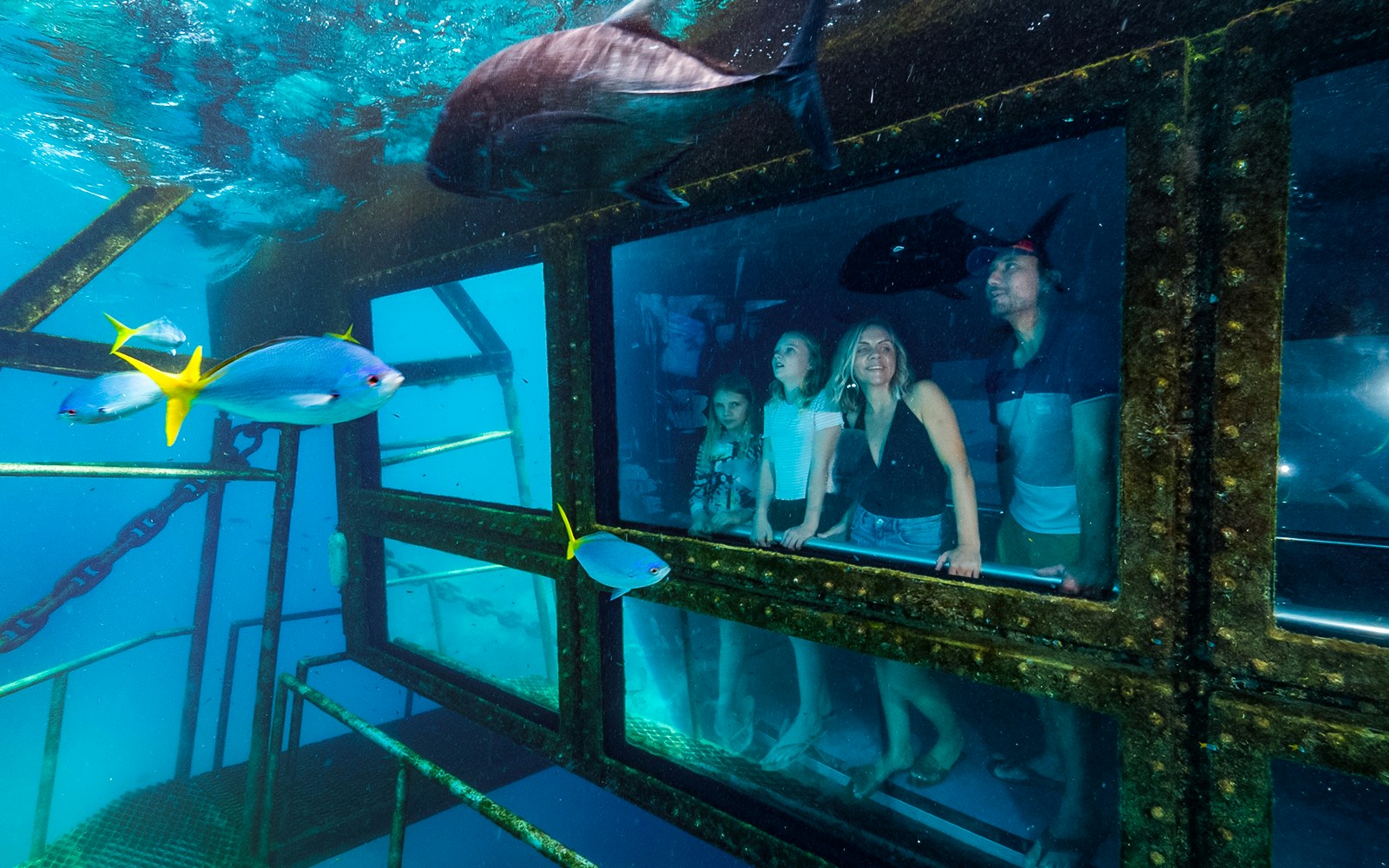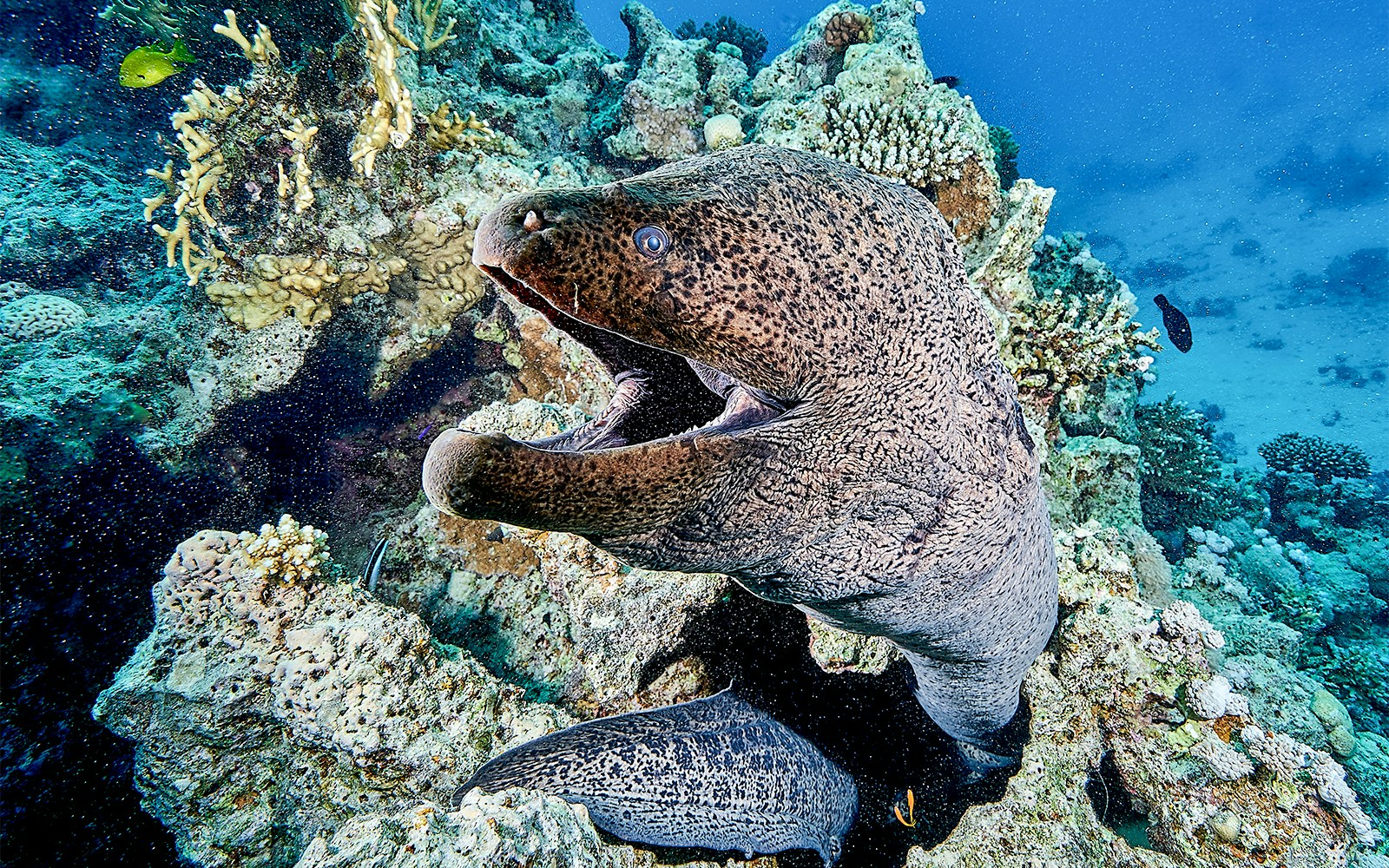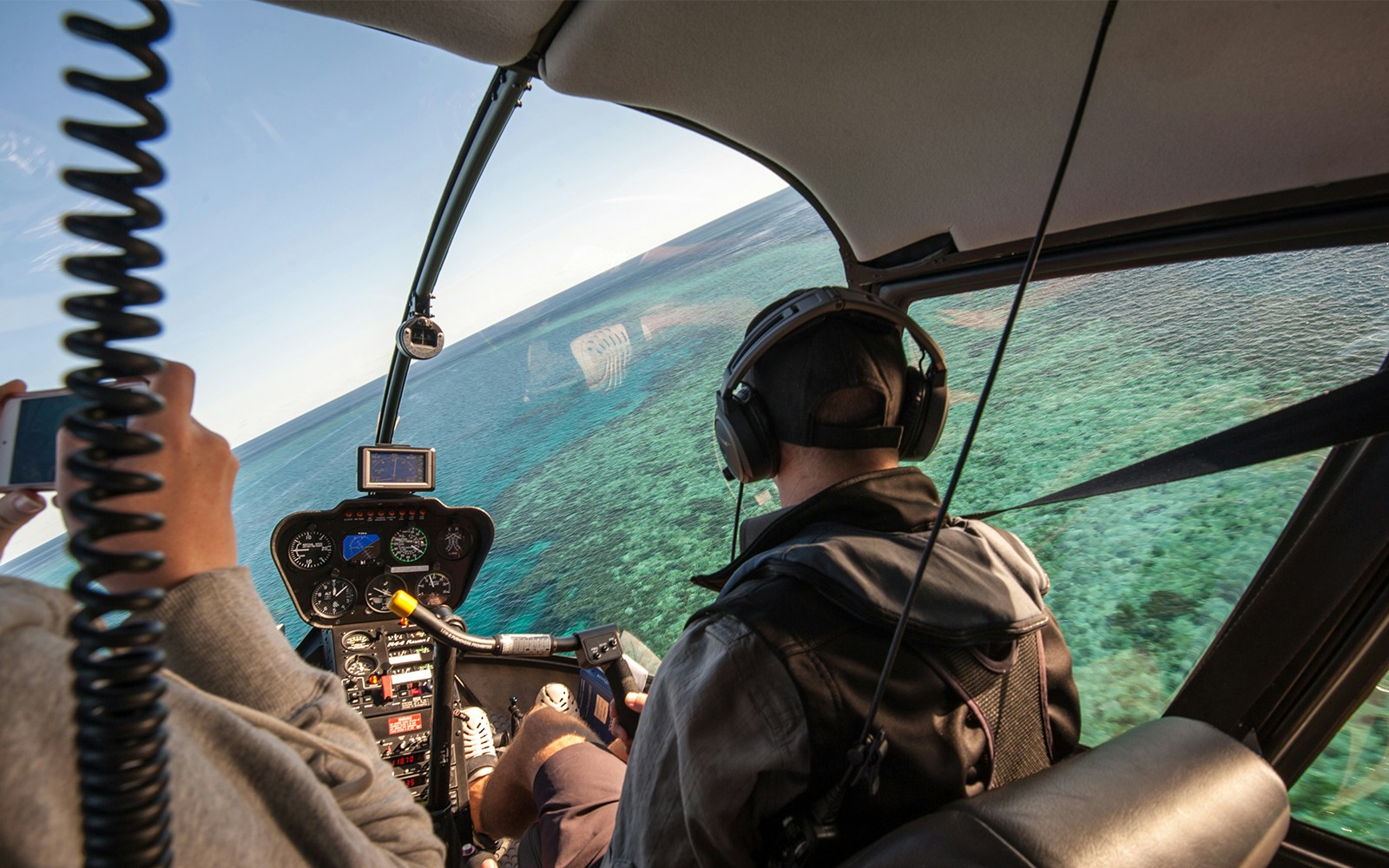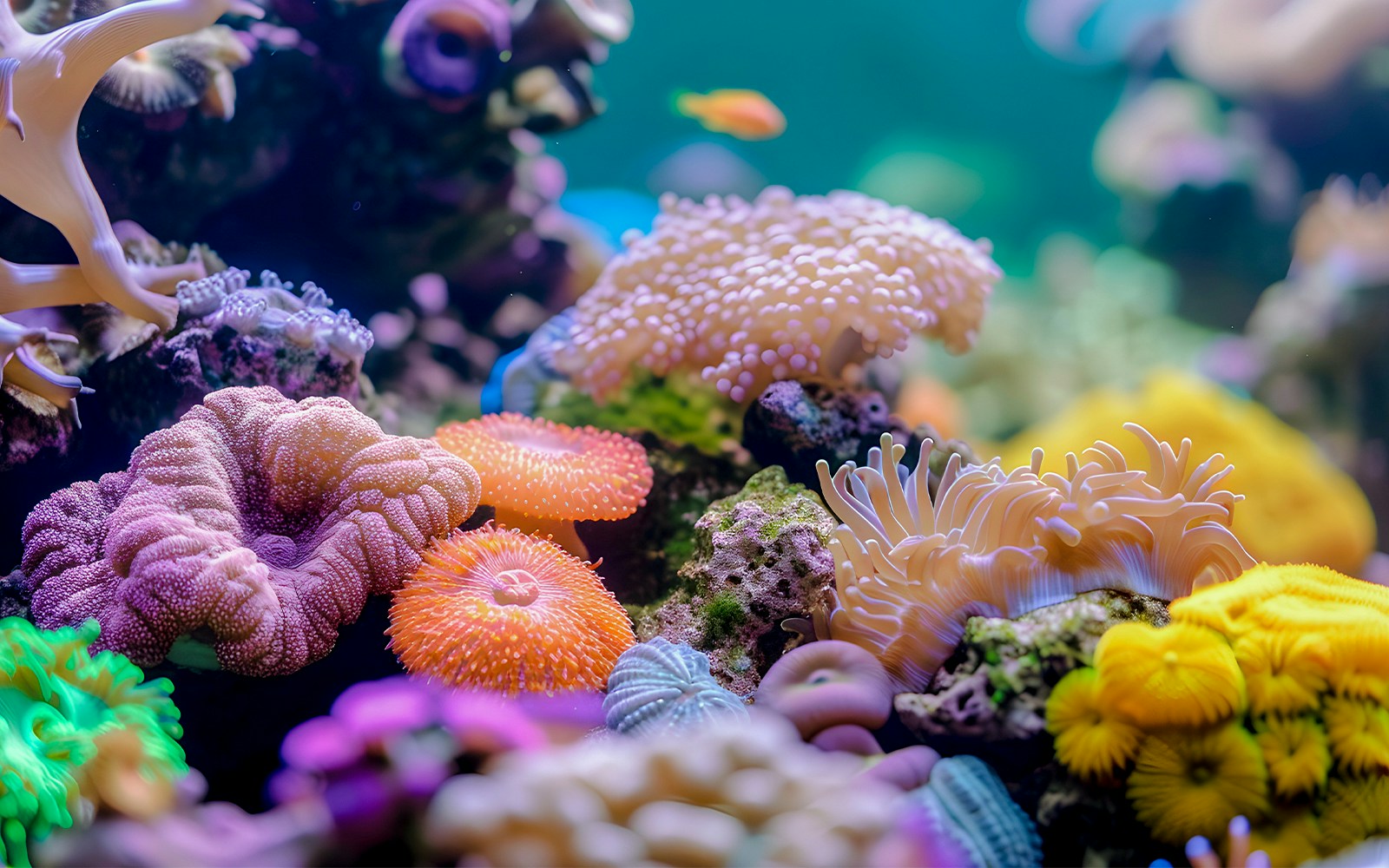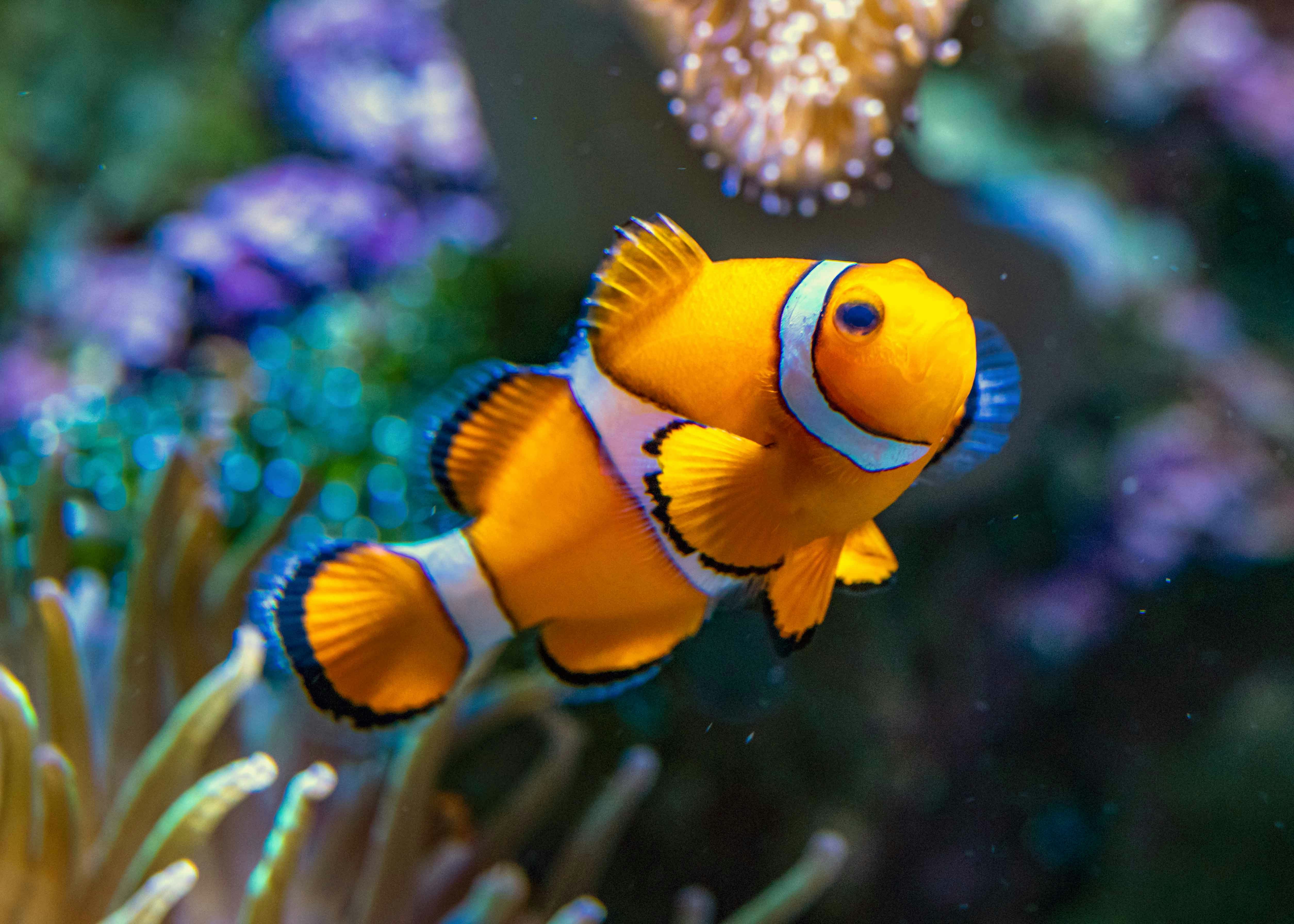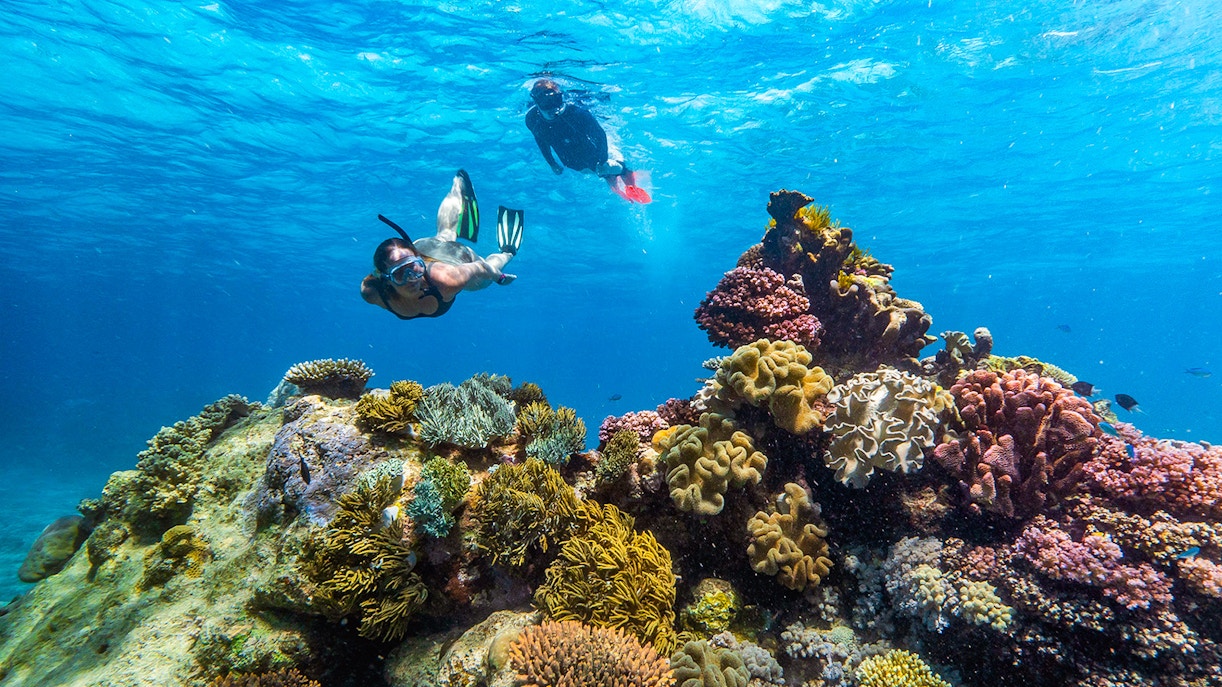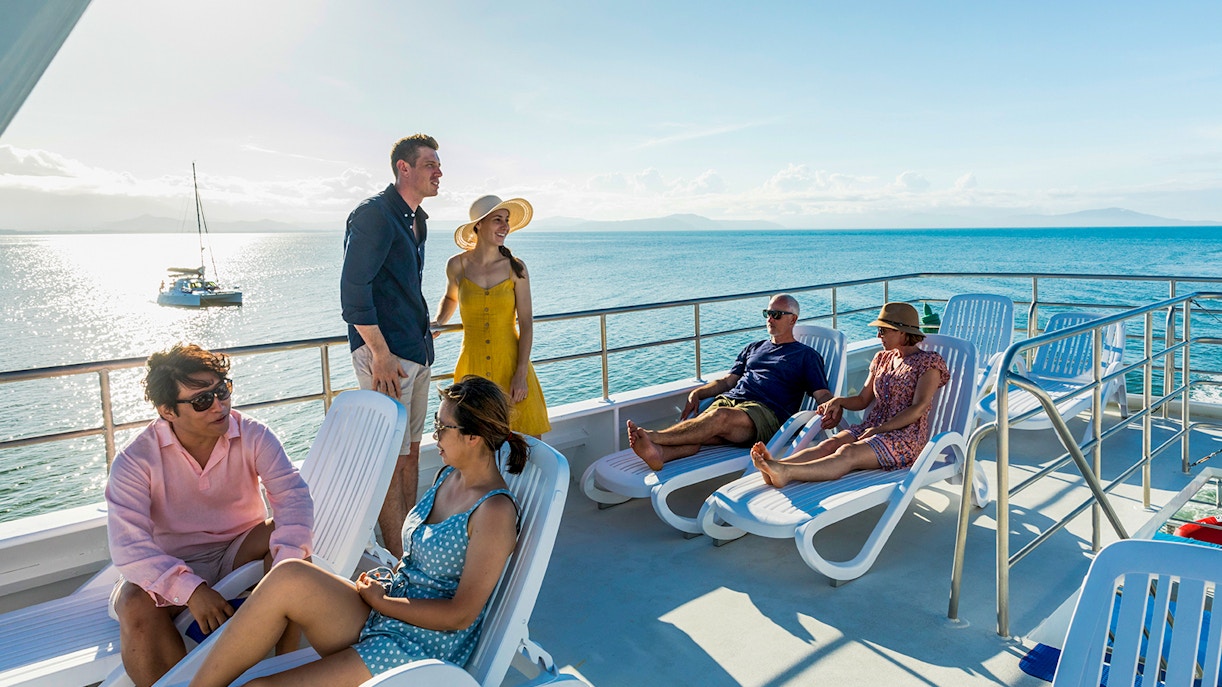Cruises take you to outer and ribbon reefs, far from crowded tourist spots, ensuring pristine conditions and unparalleled biodiversity.
From the happy customers
Loved by 35 million+
Tracy
United KingdomNov 2024



Loved the whole experience. The cable car over the rainforest with a very helpful forest guide Hamish. Enjoyed the butterflies at the sanctuary and the koala at the koala garden, loved that they were awake. The train ride back was brilliant too.
Donna
AustraliaOct 2023
The train trip to Kuranda was brilliant! Scenery was spectacular, history commentary while on train was informative, interesting.
Then to arrive at Kuranda township, was wonderful.
Great day out worth the $
Rosemary
AustraliaJul 2023
The 2 hour heritage rail journey from Cairns to Kuranda and return was spectacular. The tropical scenery was amazing. As was the experience of traveling on the train on a rail track carved into the mountain. The view of the plains and of waterfalls was amazing.
Lucia
Jul 2021
Had a fun time. We were a bit worried that the trip might be a bit rough for our 6-year old, but she had a great time as well thanks to our guides. Beautiful scenery all around.
Ronald
Jun 2021
Great displays. It had an authentic village feel with lots of places to visit. The tea room was a bit more expensive than I would have liked.
Alex
Jun 2021
Great experience. The places were beautiful, especially the Millaa Millaa Falls. The bus was cool and clean, and our guide did a great job of keeping everyone entertained with games on the ride. Loved his way of narrating the Aboriginal stories, it made them seem even more spooky.
